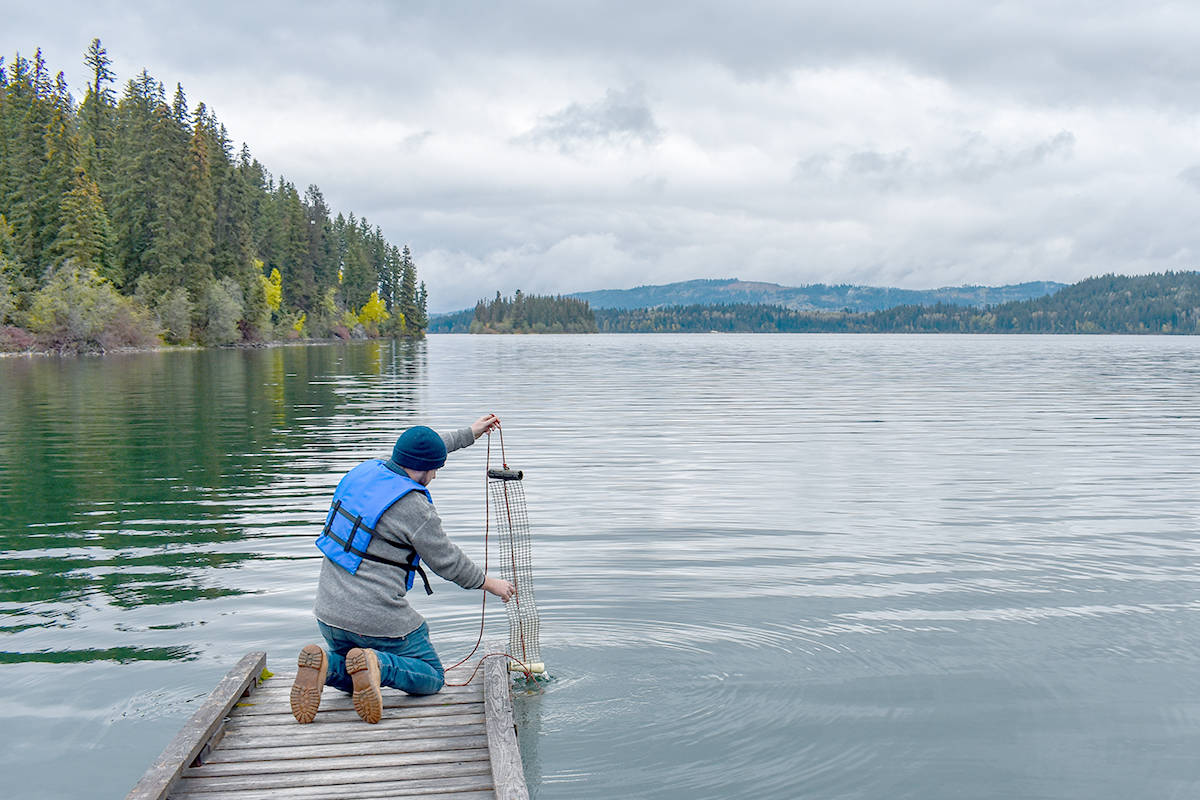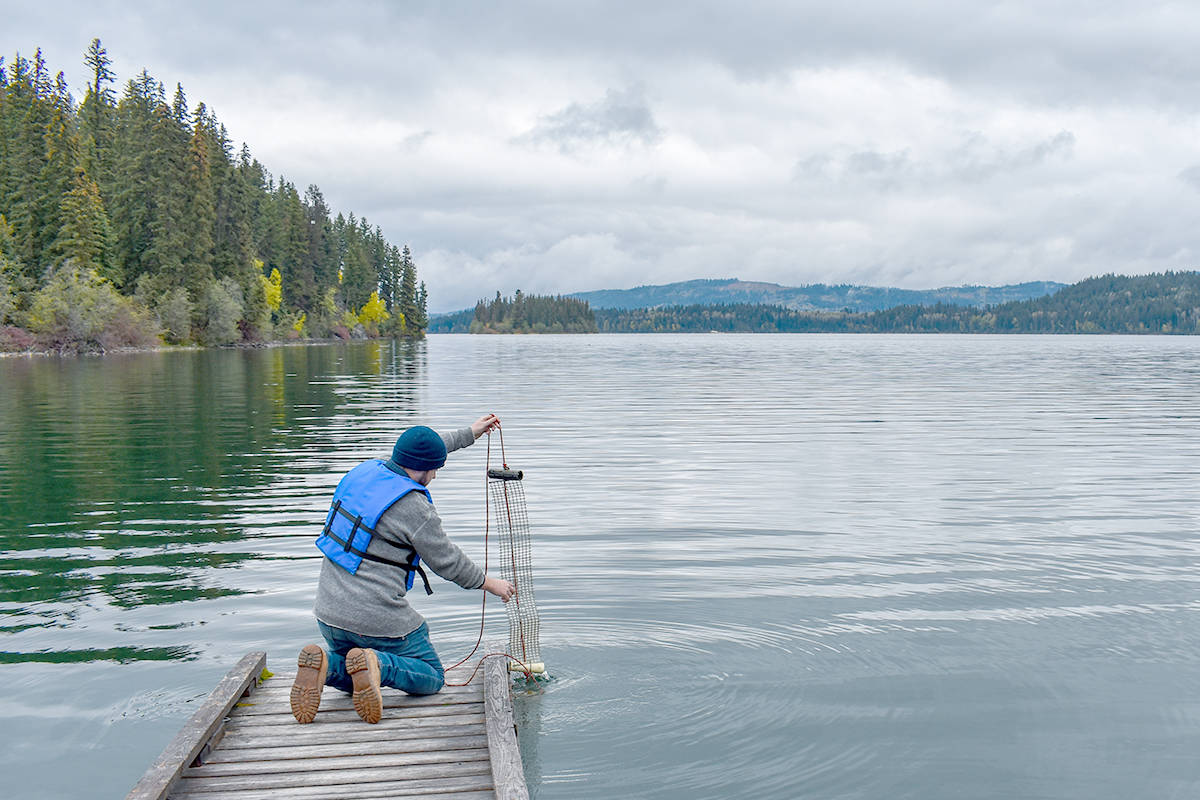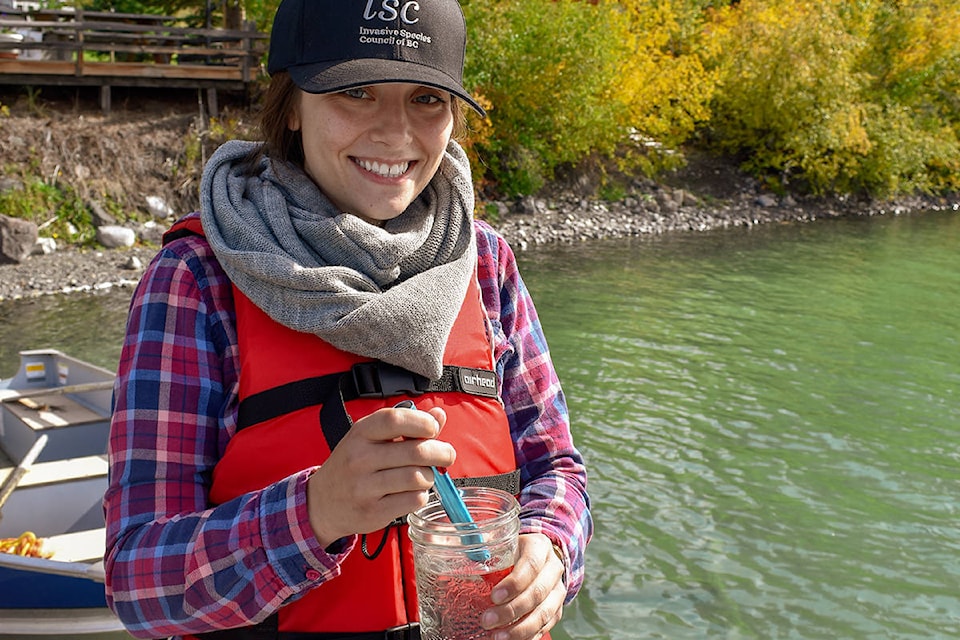The Invasive Species Council of BC (ISCBC) completed its initial year of invasive mussel sampling in seven Cariboo Lakes and after conducting 26 samples, there were no detections of invasive mussels in the Cariboo and B.C. remains provincially mussel-free.
The lakes in question were Lac la Hache, Bridge Lake, Sheridan Lake, Green Lake, Williams Lake, Chimney Lake and Dragon Lake. Most lakes in the Cariboo have been identified as moderate to high risk for the introduction and establishment of invasive mussels, according to ISCBC.
“The Cariboo, and the province, has phenomenal lakes, and we want to do everything in our power to make sure they stay free of invasive species,” says Gail Wallin, Executive Director of the Invasive Species Council of BC. “It’s great to be part of this program undertaking mussel detection across B.C.”
The funding is provided by the BC Ministry of Environment and Climate Change Strategy, according to ISCBC.
“They provide a bulk sum to the Habitat Conservation Trust Foundation (HCTF), a dedicated organization that provides many environmental grants across the province, and HCTF distributes that funding as grants to organizations undertaking mussel monitoring within B.C.”
For the monitoring, they installed two substrate samplers, specially constructed with mesh and piping that mussels would settle on at a dock on each lake.
“The substrate samplers were regularly monitored over the course of the summer from early July until October, and water samples were taken each time. Any substrate sampler that is suspected to have mussels settling on it is sent to a laboratory for analysis. If there is evidence of their presence, immediate action would be taken to curtail the spread of these aggressive mussels.”
What that action would look like is up to the Province of B.C. but could include manned boat decontamination stations around the lake and neighbouring water bodies and close monitoring of nearby lakes.
In Lake Manitoba, when the mussels were found there, “they sectioned off a small area and treated it with potash to attempt to kill the invasive mussels. Unfortunately, it can only be used in special cases and despite great efforts, they weren’t able to get rid of the mussels in Lake Manitoba. That is why it is so imperative to Clean Drain Dry watercraft to prevent their spread in the first place. Once invasive mussels are established, it is nearly impossible to get rid of them.”
The steps to Clean Drain Dry are cleaning off all plant parts, animals and mud from the boat and equipment, preferably with a power wash if available, draining all items that can hold water onto land and drying all items completely before launching into another body of water.
The program does depend on the availability of grant funding, operating on a year to year basis but the ISCBC is hopeful to gain funding and expand the program further next year.
With files from Kyla Roorda and Adriane Kennedy, ISCBC summer students.


